Adventurous Kate contains affiliate links. If you make a purchase through these links, I will earn a commission at no extra cost to you. Thanks!
Is it possible for a woman to travel the world and stay safe? Absolutely. Even if you steer clear of resorts. Even if you go to developing countries. Even if you don’t speak the local language. Even if you’re traveling alone. I’ve got travel safety tips to help you travel anywhere.
I created this site so I could help women travel safely and independently around the world. And after a decade (!) as a full-time travel blogger, it’s working — I get daily emails from women who have gone on their first backpacking trips, their first non-resort trips, their first solo trips, all because sites like mine gave them the confidence to do so. They survived, they thrived, and they had the time of their lives.
But the women who took these trips did so well in part because they prioritized their safety while traveling. What does that mean? Well, this list of travel safety tips for women will give you an idea!
This post was last updated in January 2020.
Table of Contents
Travel Safety Tips
The biggest part of traveling safely is using common sense. None of these travel safety tips are going to be revolutionary, but you can use them everywhere around the world.
Many of my own travel mistakes have been because I didn’t follow these simple tips.
I got pickpocketed in Buenos Aires (on my first day of solo travel EVER!) because I was using a large, open purse that didn’t close.
I had the worst train ride of my life in Bulgaria because I hadn’t done my research beforehand. All the guides said to take buses along that route, that they were faster and a million times nicer.
BUT sometimes you’re in a better position to travel safely if you follow these tips:
I survived having my wallet stolen in Sri Lanka because I had a backup ATM card in my main luggage that I used to get by financially before getting home.
I’ve never had my passport stolen while traveling because I always keep it locked up.
And sometimes it’s the opposite — it happens in spite of you taking precautions. I was shipwrecked in Indonesia after booking an overnight cruise that Lonely Planet called “one of the safer options.” (Later, they referred to a “well-documented March 2011 sinking.” That was me! I documented!)
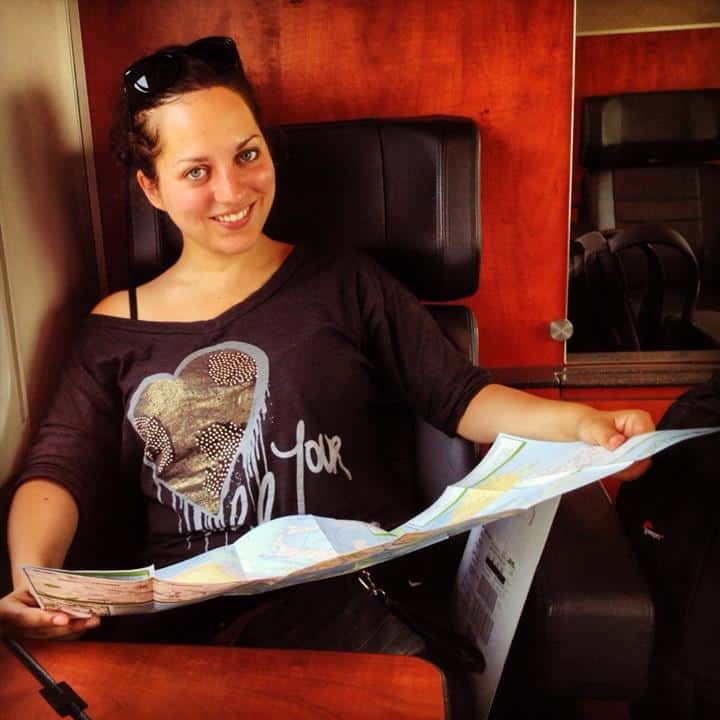
Research Your Destination Thoroughly Before Your Trip
For many travelers, planning and researching is almost as fun as actually traveling! In between scoping out the most beautiful beaches and coolest cities, take some time to look up safety information for where you are headed.
What are the best neighborhoods and the ones you should avoid? Are there only certain kinds of taxis you should take? Is there a medical center in the city, just in case?
When it comes to your lodging, how are its ratings for safety? What are former guests saying about their experiences? Are there any patterns emerging in the reviews you should be concerned about?
How are you going to get around? What is public transportation like in your destination? Do you need to rent a car? Is it possible to travel safely at night?
Visit a travel clinic beforehand and talk to a doctor or nurse where you’re going. Do you need any vaccinations or prescriptions? Are there local health issues for which you should prepare?
When it comes to activities, especially adventure sports, what are the risks? If you injure yourself, will you be covered by your travel insurance?
I know a lot of people — I estimate upwards of 95% of them are male — who like to rock up to a destination with no preparation at all, just learning as they go. I disagree with this enormously. This is a good way to endanger yourself.
You need to do your research in advance, well before your trip begins.
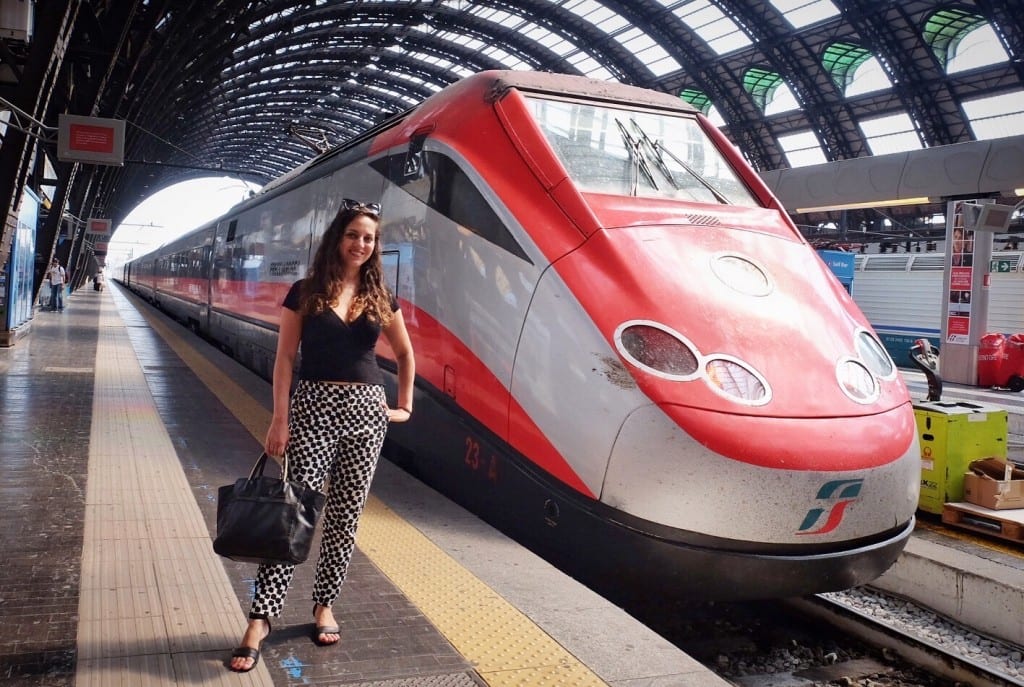
Keep Your Valuables On You While in Transit
But you shouldn’t bring valuables in the first place!
True. You shouldn’t bring anything you would be despondent to lose: family heirlooms, expensive jewelry, your birth certificate, and the like.
Today people travel safely with an amount of technology that was unfathomable a decade ago. Most travelers bring a smartphone at the very least; many bring laptops, tablets, Kindles or other e-readers, DSLR cameras with pricey lenses, and more. When you consider the costs to replace any one of those items, they definitely count as valuables.
You should have a day bag into which you can fit all of your important items: your passport, your camera, your medication, your jewelry, your credit cards, your smartphone, and any other technology, photography or otherwise valuable equipment. Spend good money on this — this is one of my top travel safety tips.
Never put these items into your general backpack. Never put these items into the luggage hold on a bus. Never put any of those items into your checked luggage on a plane. If you let them out of your sight, there’s a fair chance that they could be taken away from you forever.

Only Take What You Need and Leave the Rest Locked Up
There’s no need to go out for a walk in the city with all of your credit cards, your passport, and the equivalent of $500 in cash. Take what you need for the day: maybe around $50, tops, and a backup debit card (don’t have one? Get one with Transferwise), and keep the rest locked up in your accommodation.
Almost every reputable hostel has lockers available for guests. Use them if they have them. In guesthouses, hotel rooms, or other places that don’t have a locker or safe for you, use a portable safe instead: a slashproof bag you fill with your valuables and lock to a pipe or something else sturdy in the room. Here’s a full review on the one I use and love. It’s an essential item to travel safely.
While it doesn’t eliminate the risk 100% (if a professional criminal is determined to rob you, he will rob you), most criminals are opportunistic. If you remove the opportunity, they’ll go after someone else who left his or her valuables out in the open, much more easily accessible to them.

Don’t Trust People Too Quickly
When you’re traveling in a new destination, and especially when you’re traveling on your own, it can be tempting to join up and find a tribe. Sometimes these tribes turn into lifelong friendships.
But they don’t always. Some con artists have mastered the art of befriending travelers, getting them to leave their valuables unattended, and robbing them before taking off.
When it comes to romance, you might want to crank up the speed when you meet someone outrageously sexy, but that’s not always the best idea. Sex is prevalent on the road, but be sure to protect yourself as much as possible.
Sometimes, we want to be part of a group so badly that we start trusting people before we should. Instead, err on the side of caution. If you’re just getting to know someone, don’t trust him or her to guard your expensive electronics while you’re in the bathroom.
It’s not rude to be cautious. Take things slowly, and if someone earns your trust, that’s when you depend on them.

Watch Your Drinking
This is a travel safety tip that doesn’t get said often enough. It’s applicable whether you’re at home or on the road. When you drink alcohol, you dull your senses and slow your reaction time, which in turn makes you vulnerable to others.
That doesn’t mean that you should avoid drinking altogether. Instead, drink slowly. Pace yourself. Eat beforehand or during. Have a glass of water in between each drink (your body will thank you in the morning). Be cognizant of what you are actually drinking, and always take drinks directly from the bartender. Constantly ask yourself, “Do I want to be less in control than I am right now?” and stop if the answer is no.
Most importantly, resist the pressure, gentle or otherwise, to keep up with others who might be able to drink more than you, especially in countries where it’s common to “shout” drinks for a group, like Britain and Ireland. If people are taking turns buying rounds for the whole table, say up front that you don’t plan on drinking as much as everyone else and they’ll understand.
Don’t think you need to go drink for drink with your companions, especially if they happen to be beefy rugby players from New Zealand. Or beefy frat boys from Oklahoma. Or Russians.

Blend in as Much as You Can
Want to have the attention of every pickpocket in Paris? Show up in shorts and a t-shirt. For extra credit, wear Birkenstocks. Or a sweatshirt with a university on it.
As normal as shorts and a t-shirt would be in North America, you would never see that style in most of Europe. Shorts are rare and Europeans in general dress much more neatly than North Americans, especially in France and Italy.
The more you stand out, the more you brand yourself as someone who is unfamiliar with the location, which makes you more vulnerable to criminal attention.
Instead, research your destination in advance, observe how people dress, and try to pass as a local – or, if that’s impossible (like if you’re in Thailand or Mexico and look neither Thai nor Mexican), try to pass as a longtime resident.
That means eschewing the backpacker trail uniform of drop-crotch hippie pants and souvenir beer t-shirts in favor of casual but neat and tidy clothing. That means covering your arms, legs, and cleavage in Muslim countries, wearing loose clothing in India, and wearing long pants in Europe and Latin America.
In tandem with blending in, it’s important to maintain confidence at all times, and even if you’re not confident, at least maintain the appearance of confidence.
When you’re walking down the street, hold your head up and your shoulders back. Look straight ahead and walk with a purpose. Pretend that you have somewhere important to be, and if you fall prey to street harassment, ignore it and keep moving.
If you become lost and you need to find your way, slip into a shop or café to consult your map privately before continuing on.

Spend Extra Money on Staying Safe
If you’re traveling long-term on a shoestring budget, it can be hard to justify spending extra cash when it could go toward so many more fun activities. But it’s a smart idea to financially invest in your own safety.
What does that mean?
It means that if your flight is scheduled to land in a rough city late at night, you should spend more money on a hotel that will pick you up right from the airport instead of taking a bus into town and trying to navigate your way there on foot.
It means you should pay extra money to take a taxi home at night if you don’t feel comfortable walking through the neighborhood on your own.
It means paying more to stay in a central neighborhood with lots of lively activity instead of a cheaper, quiet residential area where you feel isolated.
It means you should choose the dive school with the stellar safety reputation and hundreds of positive TripAdvisor reviews instead of the rough-around-the-edges dive school that will do it for much cheaper.
Build an extra financial cushion into your trip and use it for situations like these: ones where you could travel safely if you spent a little more.

Prepare for the Worst with Documents and Secret Cash
In the event that the worst happens – your purse is stolen, your credit cards are suddenly maxed out, you get sick and need to go to the hospital – it’s good to have a backup plan.
For documents, keep front-and-back copies of your credit cards saved to cloud storage like Google Docs or Dropbox, as well as a copy of your passport. It’s a good idea to keep your bank and credit card phone numbers stored in a document as well.
In addition to the documents, keep a backup cash stash. Keep at least $50 in US dollars hidden in a secret spot deep inside your luggage, like inside a tampon applicator or hidden in a sock. In a separate spot, keep a backup credit card.
If your purse or day bag is stolen off your body and literally everything is taken away from you, this will provide you with a temporary financial cushion.
If you’re traveling somewhere with less-than-ideal ATM and internet access, you’ll want to be even more prepared. One of my top travel safety tips for Americans traveling to Cuba is to keep an extra stash of secret money, enough for transportation to Havana Airport and a flight to Cancun, hidden in your underwear at all times.
It may sound a bit extreme, but in a country where you can’t use credit cards or ATMs, you need to be even more prepared than usual in order to travel safely.
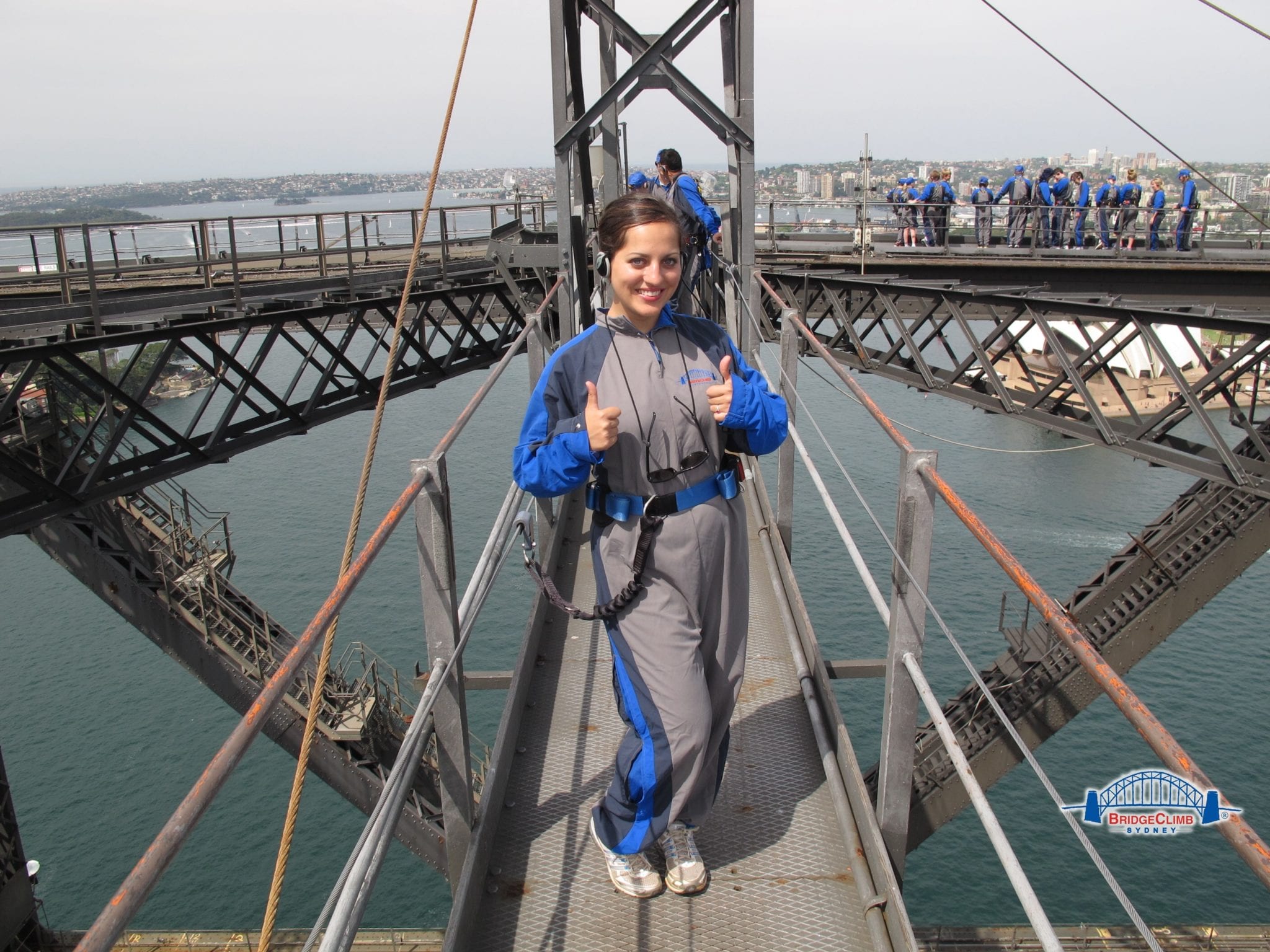
Get Travel Insurance
Do you really need travel insurance? Absolutely. It could save your life, and in this day and age, with so many online providers, there’s no reason not to get it.
Whether your luggage is lost, you end up in a political coup or natural disaster, or you need to go to the hospital while on the road, travel insurance will reimburse your expenses. If you’re robbed, travel insurance will provide you with the security you need.
If the very worst happens and you end up losing your life, good travel insurance will allow your family to bring your body home without paying tens of thousands of dollars and getting wrapped up in mountains of red tape.
In short, if you can’t afford travel insurance, you shouldn’t be traveling in the first place.
Be sure to examine prospective travel insurance policies in depth, because they might not cover your personal situation. Many insurance plans won’t cover certain adventure sports or particular countries or regions. Most plans will only cover a fraction of the value of your electronics.
What’s a good company? I personally use and recommend World Nomads.
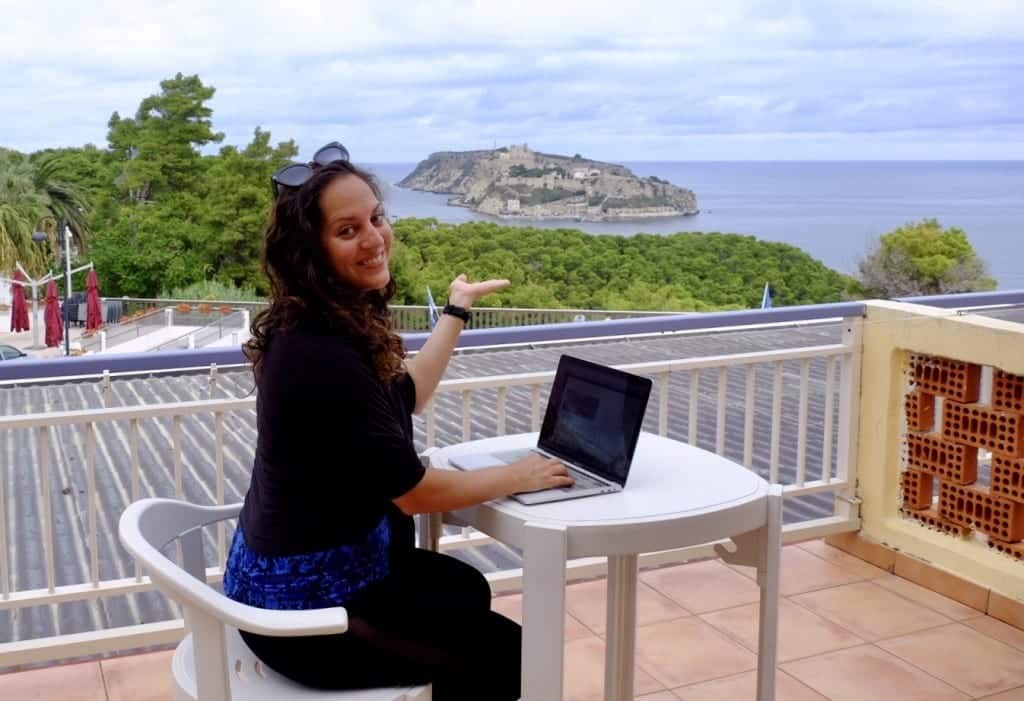
Check in Regularly
It’s a good idea for at least one designated friend or family member to have a copy of your itinerary in advance: your flight numbers, your accommodation, and a general schedule of where you’ll be on which dates, as well as information on your travel insurance, credit cards, and a bank account number.
Plan ahead of time how you’ll check in and how often, whether it’s through daily emails, texts, social media updates, or regular Skype chats. Whatever you choose to do, make sure you keep a consistent schedule.
When I left for my first long-term solo trip to Southeast Asia in 2010, my parents insisted I email them every day. At first, I thought this was way too much — but I was surprised how much I enjoyed checking in with them each day and telling them what I was up to!
These days, we’re more relaxed and I email them every few days when on the road, but I send them a daily update when I’m somewhere they’re a bit more nervous about, like Lebanon or Colombia.
Staying in touch is a way to assuage the fears of your loved ones, but if you find yourself in trouble, they would be able to locate you much more easily than if you had been vague about your whereabouts.
Know where you’re going?
Check out our solo female travel guides!
Highly detailed guides written by experts, to solo female travel in Paris and New York, Thailand and Japan, Europe, Mexico, Central America, and many more!
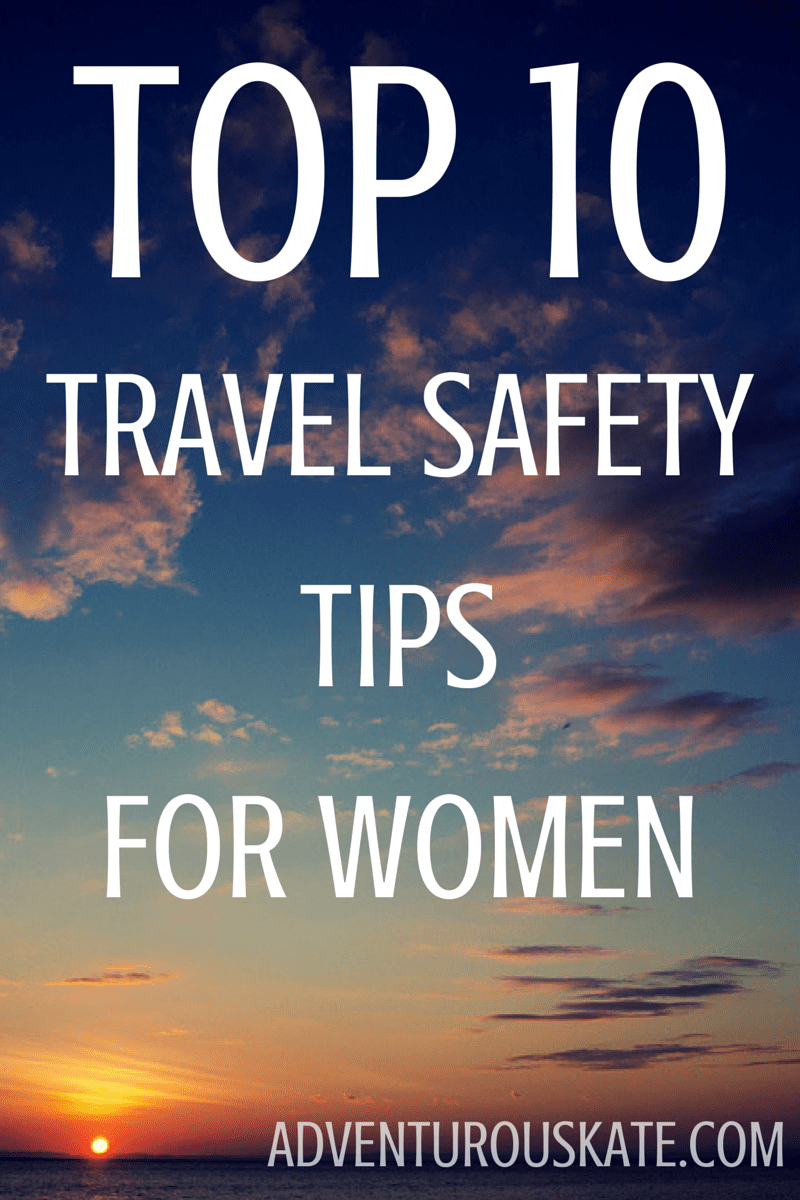
What are your top travel safety tips for women?